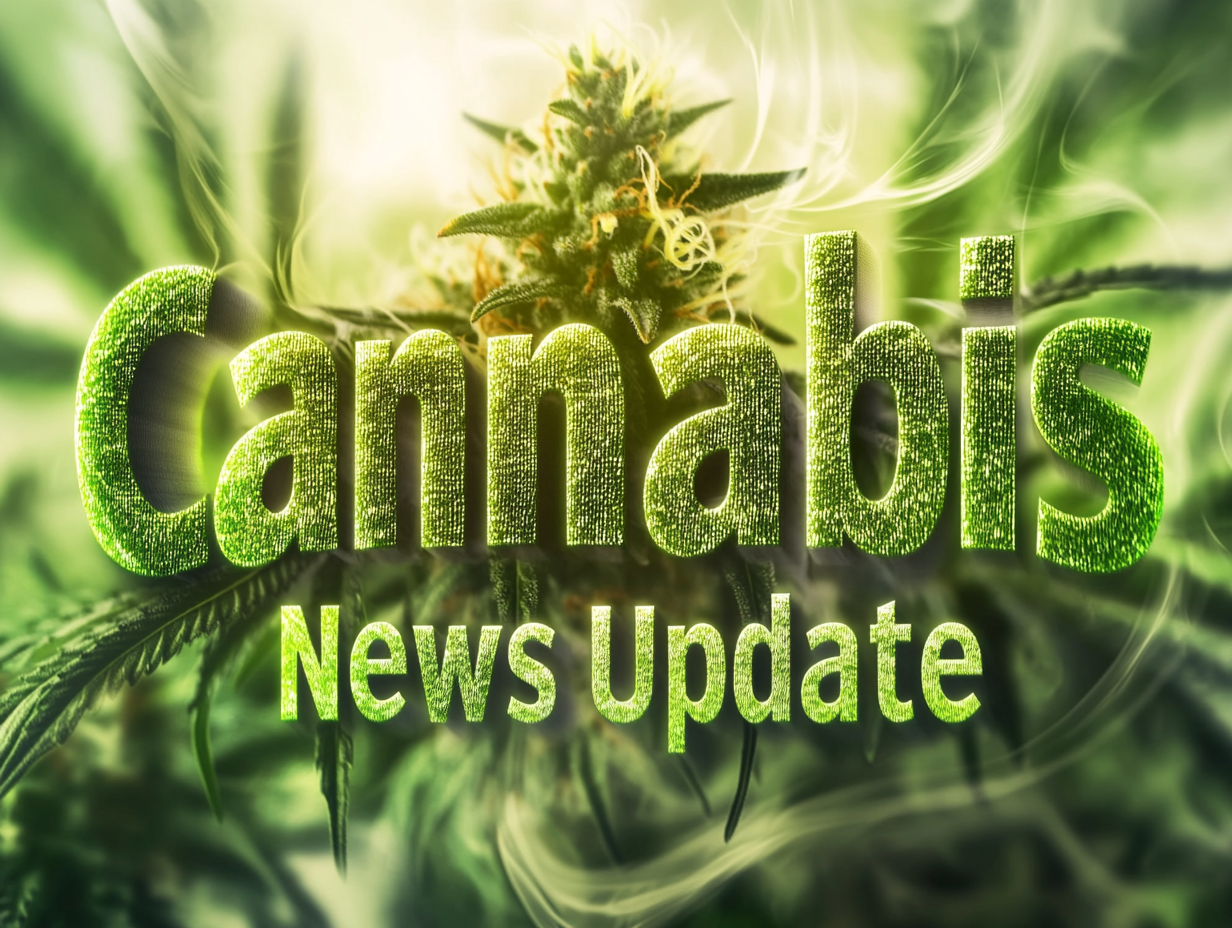Breakthrough Study: CBD Helps Autistic Boys Communicate for the First Time
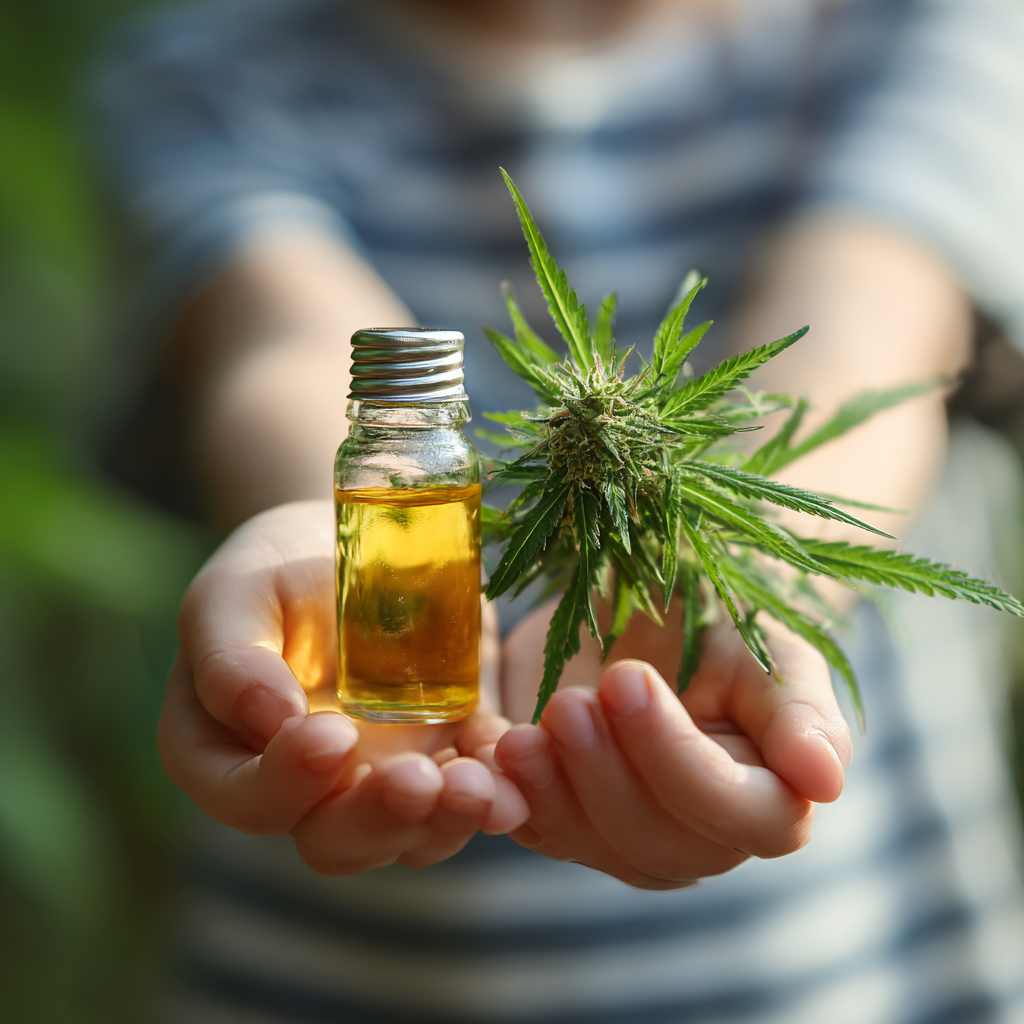
A first-of-its-kind study for UC San Diego’s Center for Medicinal Cannabis Research surveyed the autism-related properties of CBD in children, delivering shocking news to families for whom alternative medication is either desired or in some cases, the last resort.
The 20-week double-blind, placebo-controlled crossover study recruited 30 boys aged 7-14 with severe behavioral disorders and autism spectrum disorder.
The outcomes were miraculous: 67% of the children profited clinically by the blinded evaluators, and the most powerful finding was the 30% who profited in communication. Some children never communicated before initiation started to communicate for the first time in life during the therapy with CBD, and this would be the first positive for the families who already were on the traditional therapy pathway.
These authors used pharmaceutical-grade CBD (Epidiolex) at dosages to 20 mg/kg/day in high-quality end-point gold-standard trials with diligent behavioral evaluation by way of validated scales such as the Repetitive Behavior Scale-Revised.
The paper described marked decreases in aggressive behaviors and hyperactivity, frequent challenging behaviors affecting family quality of life measurably.
The safety profile was exceptional: No severe adverse events occurred, generating hope for parents concerned about the side effects of conventional psychiatric drugs routinely administered to children with autism-related behaviors.
Though some benefit was found in both the CBD and the placebo group (underlining the difficulty of autism research), the CBD group manifested more general benefits.
The research lays the foundation for larger, wider clinical trials to one day demonstrate CBD as evidence-based therapy for families to rely on in managing difficult autism behaviors.
Source: High and Polite
Japanese Study Challenges Cannabis Gateway Drug Myth with 3,900 Users
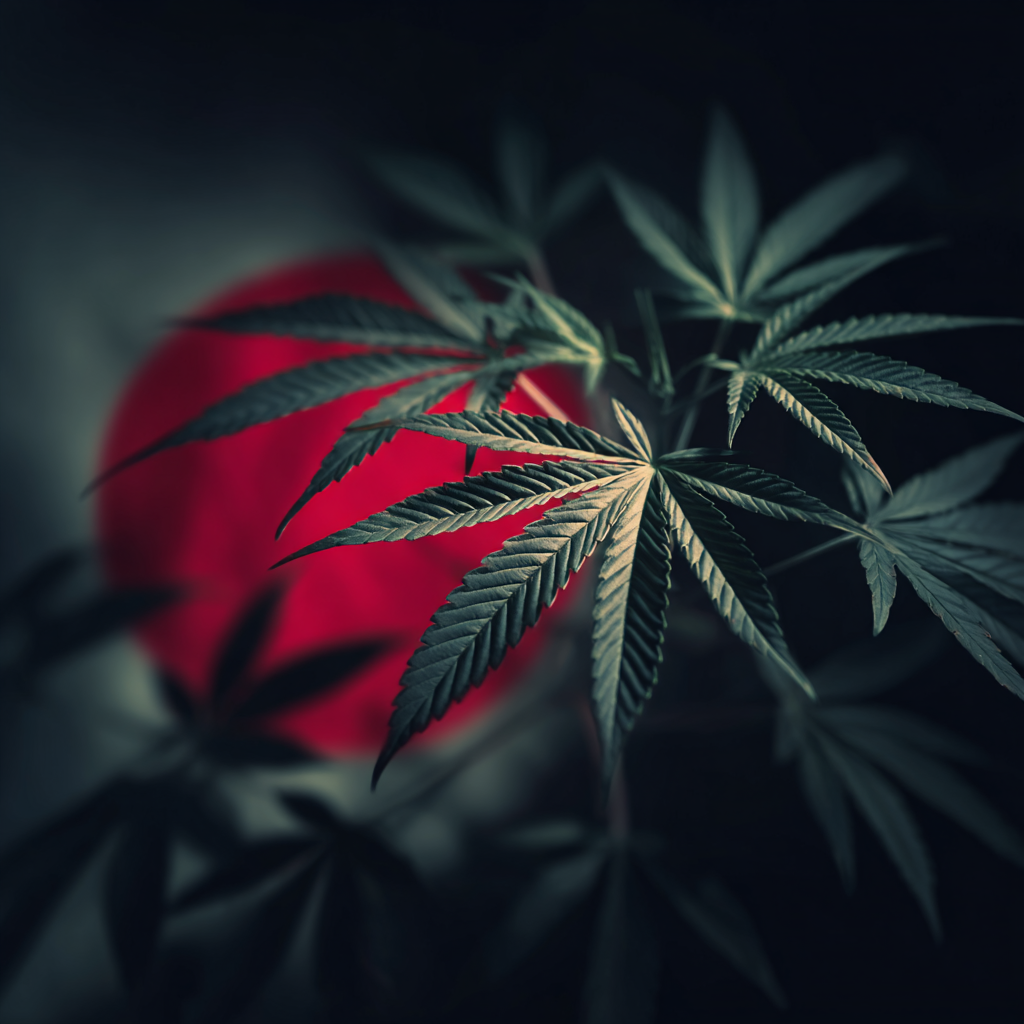
Evidence directly contradicts the decades-old ‘gateway drug hypothesis’ foundation for cannabis policy around the globe. The research polled 3,900 cannabis users from around Japan and established the largest ever epidemiological study of community cannabis users in Japan’s history.
The finding directly counters gateway theories: Cannabis was the third drug in the bulk of the cases, the most common first drug being tobacco (48.1%) and alcohol 42.3%. Cannabis was the first-used in 2.3% of the sample, suggesting if there were gateways these would more likely be illegal drugs like cannabis than illegal drugs like alcohol and tobacco.
Statistical analysis uncovered the following negligible rates of progression: The risk of progression to methamphetamine use following cannabis use initiation were 0.08 odds only, indicating the overwhelming majority of cannabis users never advanced to more hardcore drugs. For even-more general illicit drug categories, the odds were correspondingly lower than 1 (0.78), indicating the majority of cannabis users did not advance to other illicit drugs.
The research used advanced Sankey diagrams to plot drug consumption transitions, and they identified 54.7% of those participants in cannabis consumption for the third rank to never experience a subsequent transition to other drugs. The pattern defies the hypothesized basis for the gateway theory.
Demographic measures were more significant than cannabis consumption per se: Age and educational attainment were more powerful predictors of transitions to more hardcore drugs than cannabis consumption. The research finding is that socio-cultural measures, enforcement styles, and frequent access to the market explain observed trends in the consumption of substances more than pharmacological gateway effects.
The article comes at a particularly pertinent moment because Japan has just escalated cannabis penalties in 2023, arguably driving the market further underground.
The paper presents significant in-the-field evidence to challenge policy assumptions and identify the need for evidence-based rather than ideology-dictated drug policy development.
Source: PubMed Central
Medical Cannabis Achieves Seizure Freedom in Drug-Resistant Epilepsy Patients
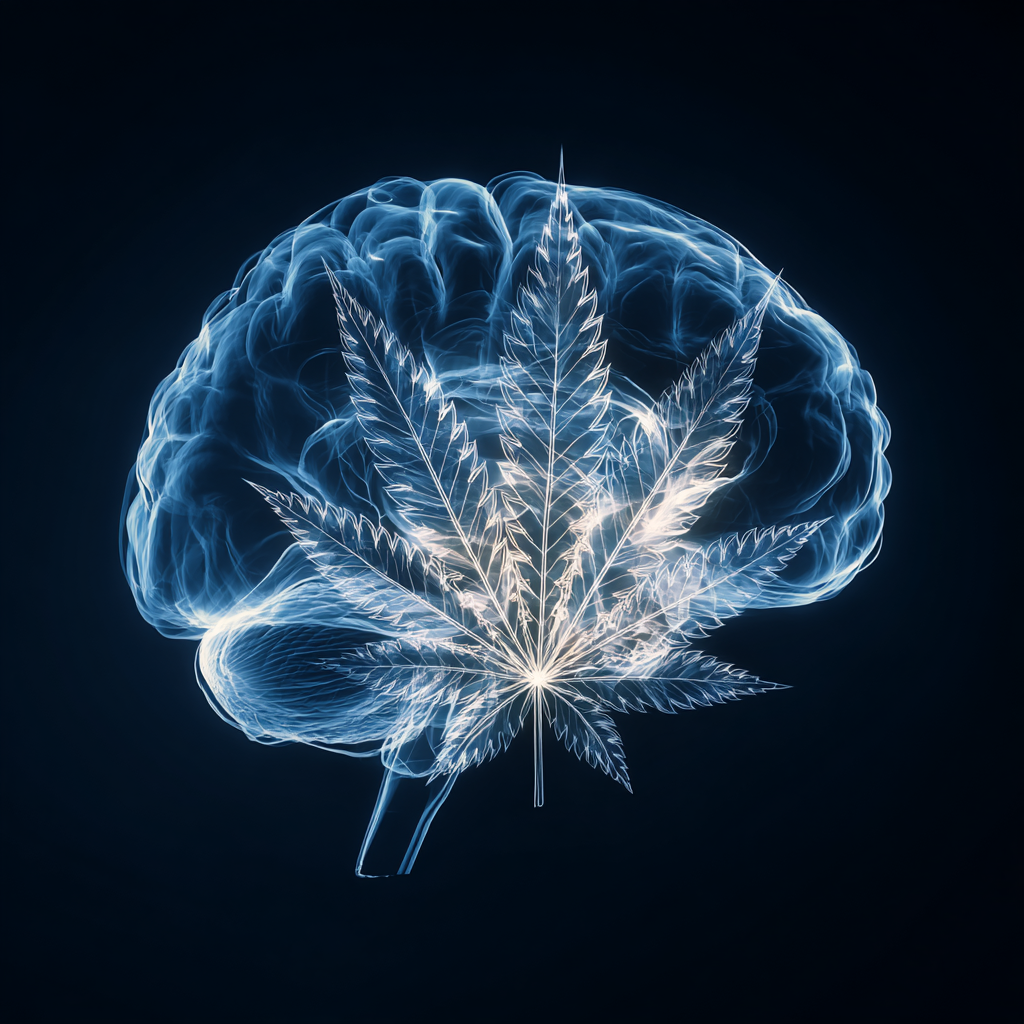
Recent clinical cases from Toronto show how cannabis medicines succeed in obtaining seizure freedom in patients whose epilepsy has been shown to be resistant to all accepted therapies. The retrospective study investigated 19 patients of 174 drug-resistant epilepsy cases who were at least 90 consecutive days in definite seizure freedom during medical cannabis therapy.
The outcomes provide some good news to the afflicted families: 10.9% of the drug-resistant epilepsy patients experienced significant freedom from seizures with median cumulative time to 245 days of freedom from seizures. Notably, 4% of the children experienced one year or more of freedom from seizures, in comparison to just 1% of the success rate with the standard anti-seizure medications following multiple therapy failures.
The drug therapy proved safe and effective. Note that 73.7% of the patients that ceased having seizures used both the THC as well as the CBD simultaneously, rather than sequentially. This demonstrates they are better used together. The drug’s side effects were minimal and controllable, such as drowsiness, reduced appetite, and extreme tiredness.
Quality of life improvements were general: 89.5% of the patients benefited in terms of wellbeing, and three patients were able to discontinue all regular medication.
The report revealed pertinent neurobiological mechanisms discriminating cannabis-based therapies from regular epilepsy medications, as cannabis agents modify the endocannabinoid system by multiple mechanisms.
This new study reveals that a couple of forms of epilepsy could possibly behave differently and could have a good response to medication involving the endocannabinoid system. The article focuses on the reality that cannabis medicine must be utilized for people that don’t respond to other medications.
Source: Frontiers in Neuroscience
Cannabis Chemistry Revealed: Over 140 Therapeutic Compounds Beyond THC and CBD
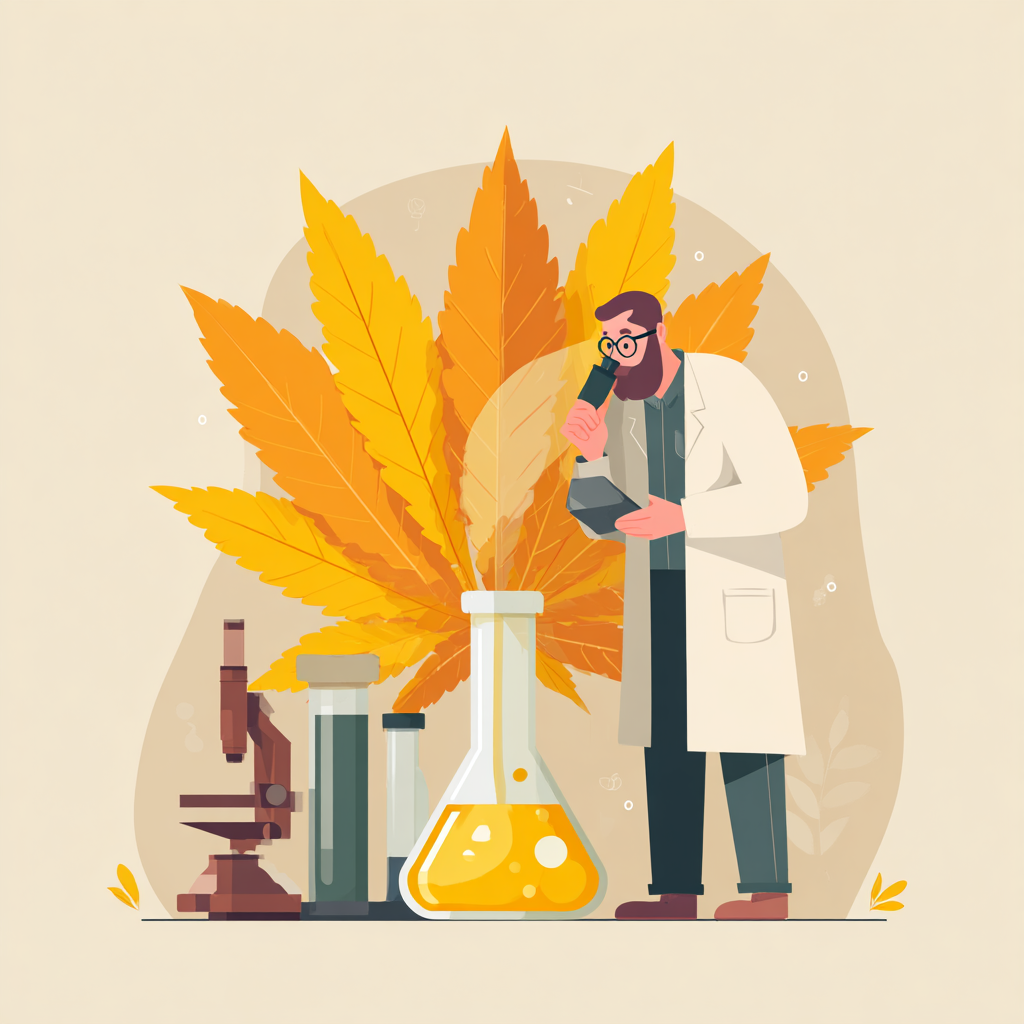
Cannabis has been revealed to contain more than 140 characteristic compounds and terpenes according to the molecular research available in MDPI’s journal, Molecules. The study connects the medical use of cannabis and subjective experience by means of the minute characterization of the molecules.
The principal beneficial molecules are: myrcene (which diminishes swelling and pain), limonene (which benefits the brain and mood), α-pinene (which diminishes swelling), and linalool (which alleviates anxiety). Also, β-caryophyllene immediately activates the CB2 receptor and safeguards the brain while combating oxidation..
Scientists used advanced lab equipment to break down cannabis and figure out exactly what chemicals are in it and how those chemicals affect what you smell and taste.
The key finding is that cannabis has way more therapeutic benefits than just from the two main compounds everyone talks about – THC and CBD. There are many other compounds in cannabis that could be useful for medical treatments that researchers are just starting to understand.
However, the important limitations are genetic bottlenecks in commercial cannabis germplasm and insufficient standardization of analytical techniques.
The article points to the needs to establish the universal aroma/flavour assessment systems for cannabis, genomic breeding for the desirable profile for the terpenes, and effective preservation techniques to preserve volatile compound integrity during processing and storage.
Source: MDPI
CBD Treatment Reverses Age-Related Memory Loss and Brain Inflammation in Mice
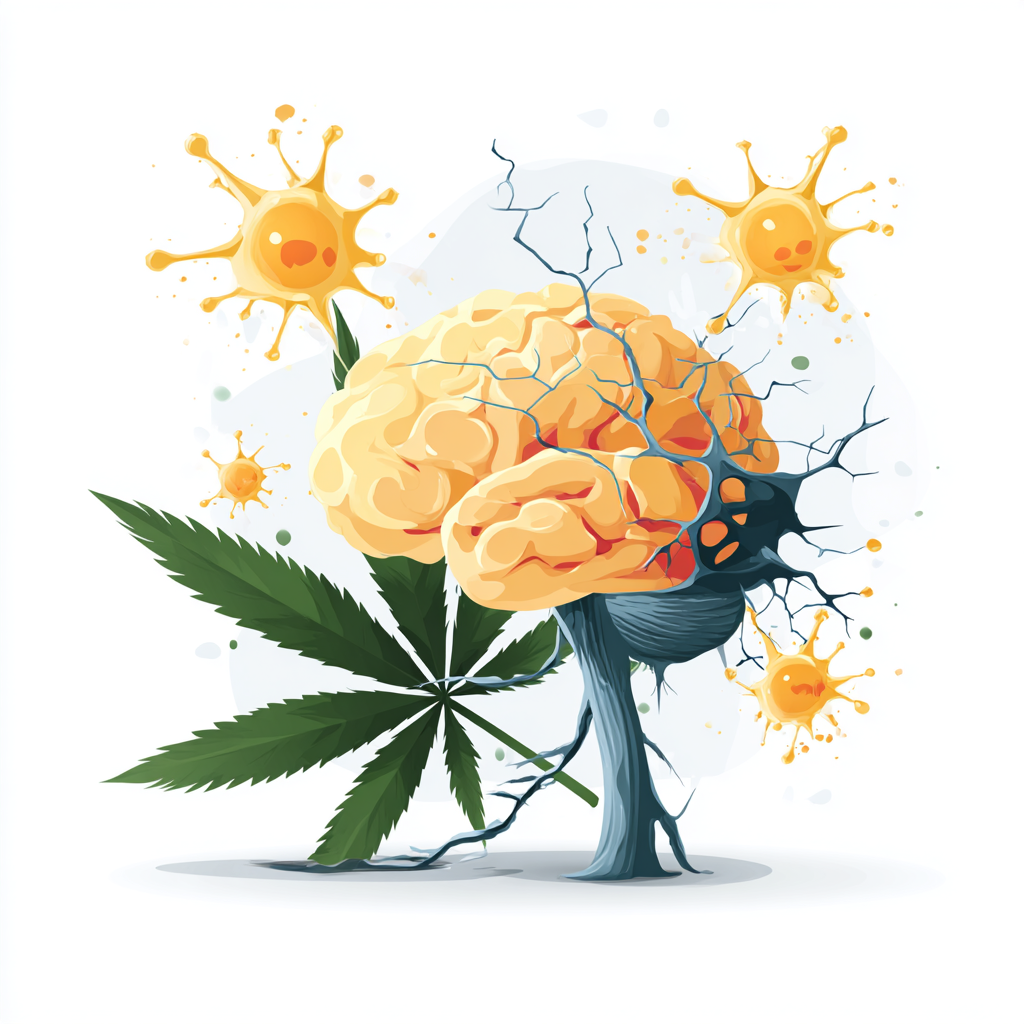
An important preclinical study for the University of Lethbridge shows chronic CBD therapy to promote memory functioning and lessen brain inflammatory reaction in normal aging.
Rats were administered the CBD orally for seven months from 14 months of age, and cognitive reserve and brain pathology were assessed from 19-21 months by behavioral markers of sensitivity in more than one brain region.
Scientists gave CBD to older mice and found it significantly improved their memory and learning abilities. The mice got better at recognizing new objects and remembering locations, showing that CBD helps the brain areas responsible for memory function properly.
Importantly, the cognitive improvements were obtained in the complete absence of effects on motor coordination and balance, indicating specific therapeutic action.
CBD reduced brain inflammation in older mice by calming down overactive immune cells in key brain areas. This is important because brain inflammation is a major cause of memory problems and brain diseases as we age, so reducing it likely helps protect thinking abilities.
The treatment regimen was safe and practical: Chronic once-daily oral dosing with CBD at 20 mg/kg for seven months (approximately 10-20 human years) caused none of the expected adverse effects on brain structure, memory, or cognition.
The regimen at least plausibly mimics the way in which the CBD would be administered as preventive therapy in the human, e.g., chronic vitamin therapy, dietary supplement therapy.
The article also speculates CBD causes adult neurogenesis in the hippocampus and regulates transmitters’ systems such as norepinephrine, providing multiple mechanisms for the treatment of cognitive aging.
These results validate the prospect for CBD as a preventive therapy for normal cognitive aging, in contrast to more progressive neurodegenerative disorders.
Source: PubMed Central


